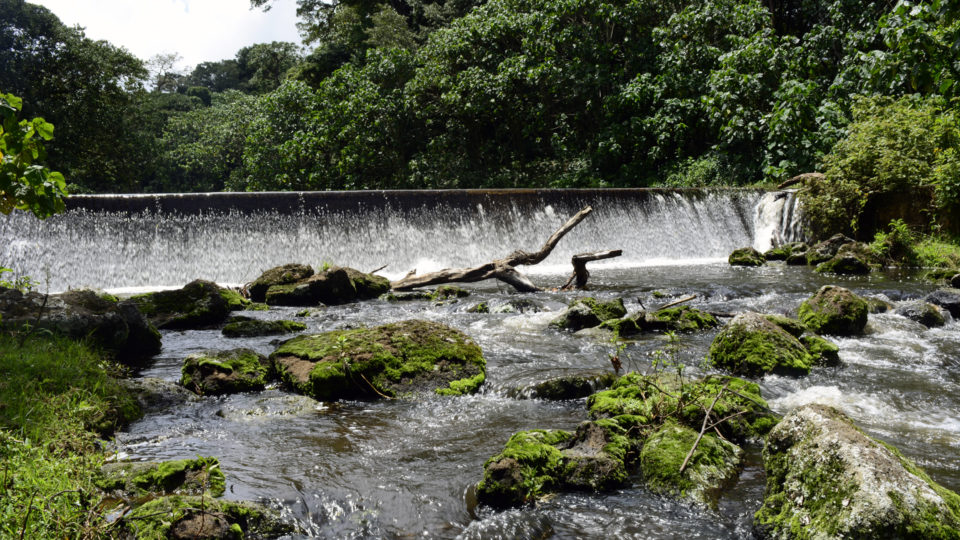Wetlands such as rivers, streams, swamps, lakes and estuaries play a critical role in supplying and regulating the quantity and quality of water. Water risks to society such as scarcity, droughts and floods are increasing around the world. Conserving and restoring wetlands is a cost-effective investment strategy to increase water security. So how can we develop sustainably and safeguard communities at risk from water-related disasters?
- In the Tana River Basin in Kenya, we facilitated a study of the value of the ecosystem services for the Basin, their economic significance to the Kenyan economy and the impacts of various development scenarios. This study analyses the economic value of the positive and negative externalities of different water-flow regimes – both upstream and downstream – to inform development planning and water resources allocation in the Tana River Basin with the aim of safeguarding its hydrological, ecological and socioeconomic benefits.
- In Uganda’s Rwambu Catchment, we are working to reverse extreme wetland degradation with the introduction of low cost ecosystem-based technologies that include stone bunds and check dams. The results were notable: moisture returned to the soil, crop yields grew and shallow wells were recharged.

